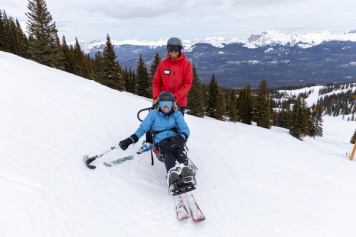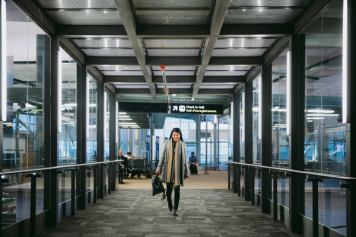After spending the past five years using a manual wheelchair, Ryan Straschnitzki wants to ensure life is more accessible for others.
The former Canadian junior hockey player became paralyzed from the chest down on April 6, 2018, when a semi-truck struck the bus he was riding on with his Humboldt Broncos teammates. The crash in rural Saskatchewan killed 16 people and seriously injured 13 others, including Straschnitzki.
Straschnitzki credits his athlete mindset of perseverance with helping him adapt to navigating a world that wasn’t built for him in a wheelchair. “I just keep trying,” says the 24-year-old who lives in Airdrie, Alberta.
He travels frequently as a public speaker around Alberta, where he runs the Straz Strong Foundation. His personal experiences have spurred him to become an accessibility advocate, striving for improvements to the built environment and raising awareness about the daily challenges that people with disabilities face.
“I want people to be able to go out and enjoy themselves,” he says.
Straschnitzki shares his tips and tricks for accessible travel in Alberta.






